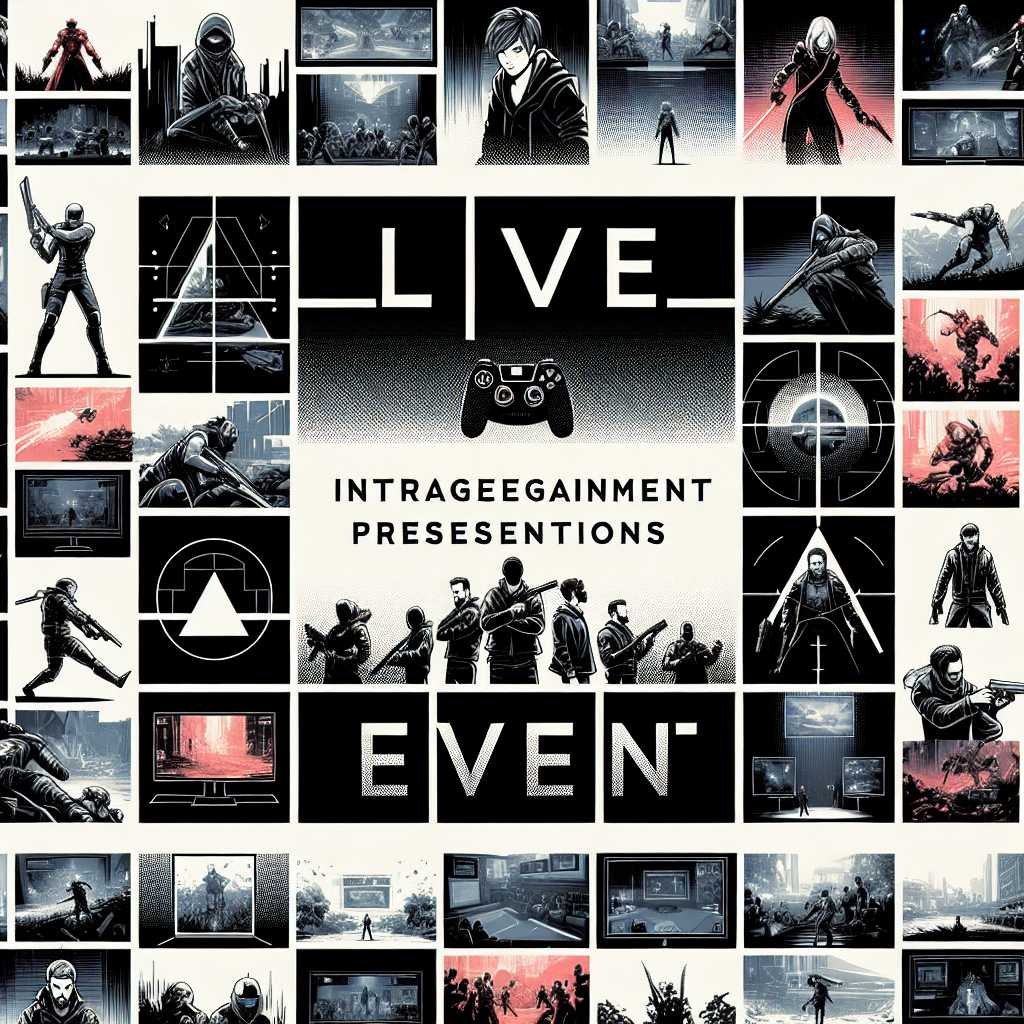State of Play: The Increasing Role of Gaming Industry Showcases in Marketing and Consumer Engagement
In recent years, the video game industry has recognized the power of digital events and direct-to-consumer showcases for promoting upcoming games and engaging with their audiences. One of the noteworthy formats that have emerged is the State of Play, a series of online events created by Sony Interactive Entertainment to announce and promote games for the PlayStation platforms. This article delves into the significance of such events in modern gaming culture, how they shape consumer expectations, and the broader impact they have on the industry.
Understanding the Concept of State of Play Events
State of Play events, initiated by Sony, are akin to a televised showcase but are streamed online, focusing primarily on providing audiences with updates about new games, in-depth looks at gameplay, and announcements for their PlayStation consoles. These events tap into the fandom’s anticipation by creating a sense of occasion around game reveals and updates, thereby building hype and keeping the PlayStation brand active in discussions across various media channels.
The Evolution of Gaming Showcases
Gaming showcases have evolved from traditional industry trade shows like E3 (Electronic Entertainment Expo), Gamescom, and the Tokyo Game Show, which were once primarily industry-centric events that eventually opened up to public attendees. With the advent of live streaming technologies and social media, companies such as Sony found new ways to interact directly with consumers through tailored events such as State of Play.
Impact on Consumer Engagement and Marketing Strategies
State of Play leverages the enthusiastic gaming community’s willingness to tune in to live streams and participate in the social conversation around these events. It showcases how companies can forego large-scale industry events for more targeted, direct-to-consumer presentations which offer control over the messaging, timing, and platform.
Moreover, these types of showcases play a crucial role in shaping marketing strategies for game publishers and developers. By igniting discussions on social media and online forums before, during, and after the event, they sustain interest in upcoming titles and consistently remind gamers about their exclusive offerings.
State of Play Within the Broader Gaming Industry
Other industry players have formulated their own versions of State of Play. Notable examples include Nintendo’s Direct presentations and Xbox’s Inside Xbox streams. These events signify a trend towards segmented direct marketing efforts that engage with dedicated fan bases, providing tailor-made content outside traditional advertising or media coverage routes.
State of Play also represents a shift towards digital globalization where geographic borders become less relevant. Audiences from all over the world can simultaneously experience these reveals in real-time no matter where they are.
Reflections on State of Play During Digital and Pandemic Eras
The effectiveness of digital-only events like State of Play became particularly salient during the COVID-19 pandemic when physical gatherings were restricted. These digital showcases became not only an adopted alternative but also a preferred primary method for many publishers wishing to unveil their latest offerings while ensuring safety and adhering to public health guidelines.
Sony’s adaptation to COVID-19 through increasing State of Play episodes highlighted their nimbleness in leveraging changing circumstances to maintain interest in their platform—when physical stores were closed, these digital showcases provided an essential bridge between product and consumer.
Challenges and Critiques
Despite its many advantages, some challenges are inherent to the format of digital showcases like State of Play. Most prominently is keeping viewers engaged over time with sufficient high-quality content without oversaturating them with too many updates or insignificant announcements.
Furthermore, each State of Play faces critiques concerning execution; some may feel that a particular presentation lacked substantial content or failed to meet expectations set by previous events or competitor’s showcases. It’s a balancing act between sharing information to maintain interest while not exhausting fans with perceived marketing fluff.
Notes
Image Description:
A grid collage showcasing key scenes from various video games featured during a recent State of Play event. Centered within this array is the “State of Play” logo emblazoned across a black background with Sony Interactive Entertainment’s branding visible in the bottom corner.
